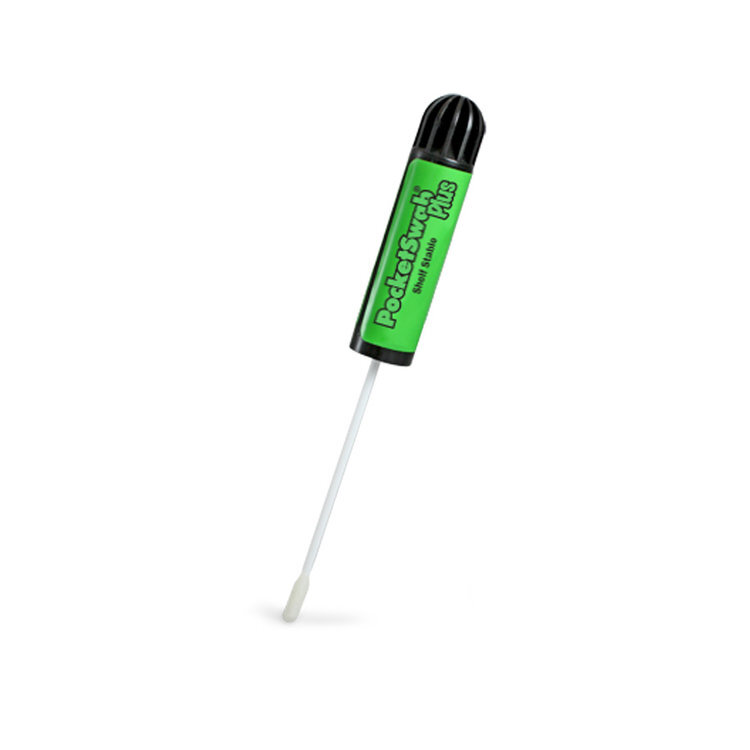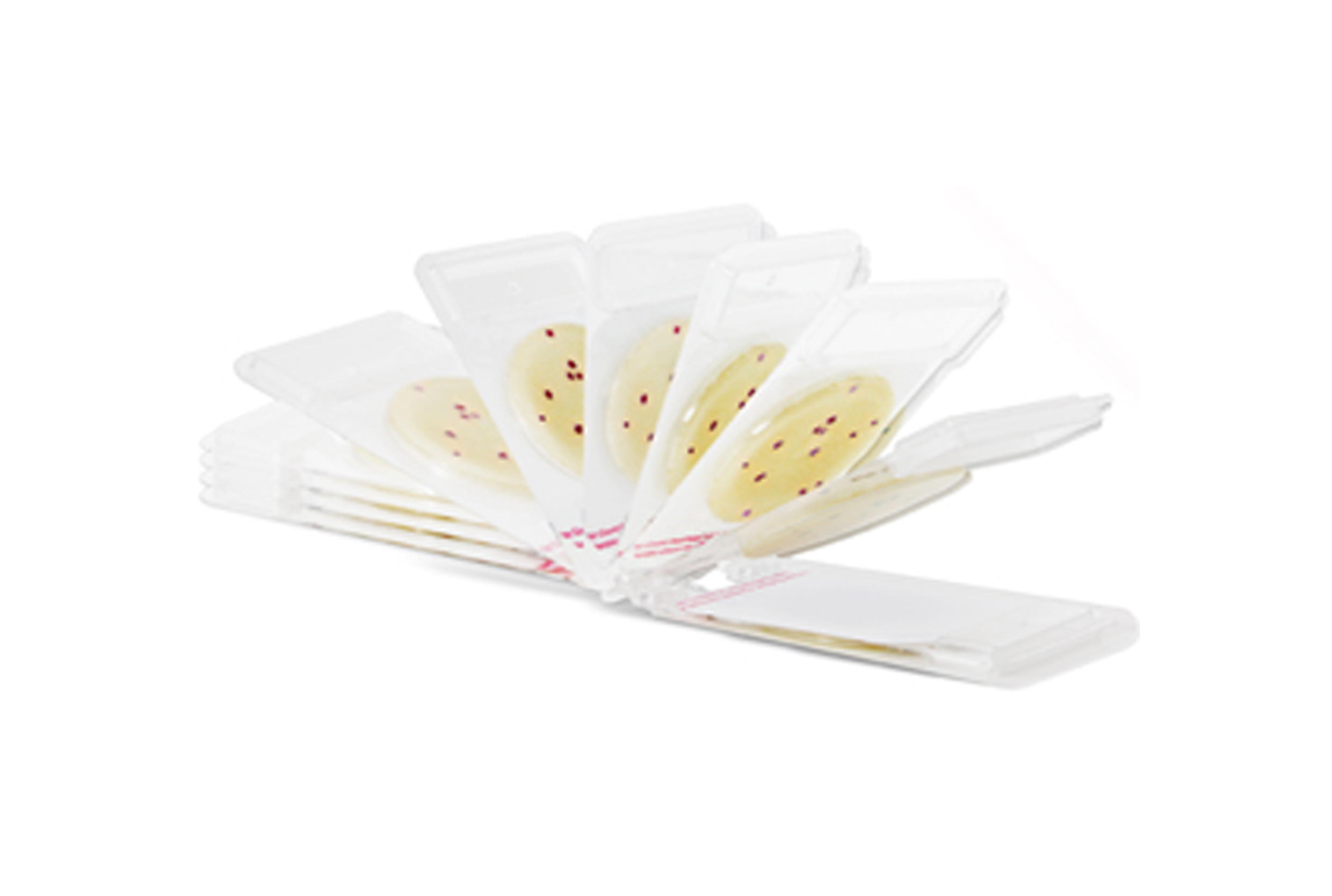Best ways to detect E.coli in food production
The E.coli outbreak in the UK is causing concerns within the media at the moment and the source still remains unknown – however it is speculated to be linked to ready to eat foods from supermarkets due to contaminated lettuce.
Professor Jim Monoghan at Harper Adams University states that there are three main ways that lettuce leaves or similar could have been contaminated with E.coli.
E.coli "essentially wants to be inside the guts of warm-blooded animals", he says, but pathogenic strains can be found in between 10-15% of dairy herds - which means a minority of manure is contaminated with it.
That manure - and the E.coli it carries - can end up on lettuce leaves in cases of direct contamination.
In cases of indirect contamination, the bacteria may get into the soil or water and be transferred to the lettuce that way.
Source: Sky News https://news.sky.com/story/e-coli-lettuce-believed-to-be-source-of-outbreak-so-how-safe-are-we-to-eat-food-item-and-does-washing-reduce-risk-13154809
Prevention & Detection:
There are numerous areas of food production in which detection can be made through ATP monitoring
· Outdoor harvesting equipment on farms – Charm Field Swab
· Indoor packaging plants – PocketSwab Plus
· Water Monitoring – PocketSwab Plus & WaterGiene
· Surfaces and Equipment – Peel Plate
Charm Sciences provides ATP tests that allow customers to check for cleanliness on the microscopic level in a quick, cost-effective, and objective manner. These tests are performed in seconds and enable immediate remediation if needed.
PocketSwab Plus:
PocketSwab Plus is a rapid ATP swab that is room temperature stable, self contained and a single service test which enables total surface hygiene verification in 5 seconds.
FieldSwab:
FieldSwab ATP swab enables food safety programs to be implemented outdoors. Like the PocketSwab Plus ATP swab, the FieldSwab test rapidly detects ATP (adenosine triphosphate) as a measure of surface cleanliness. Results in 30 seconds.
WaterGiene:
Charm WaterGiene is used to test the sanitation of water, including CIP water, rinse waters, and cooling water. WaterGiene measures water cleanliness in 20 seconds by measuring total ATP. High ATP levels indicate that microorganisms, food, and other biologicals are present in the water.
Peel Plate:
Peel Plate bacterial tests are simplified culture methods for detecting micro-organisms. AOAC-RI has recently granted performance tested method status to Peel Plate EC and AC tests. Each version of these tests contains non-selective or selective medium and follows conventional microbiologic procedures for time and temperature of incubation. An air gap between the plate and cover allows colony picking and determination of microbial morphology. Currently there are Peel Plate tests for aerobic bacteria (Peel Plate AC) and coliforms/E. coli (Peel Plate EC) for use in dairy products, ground meats, other foods, contact surfaces and water.
Charm Sciences testing solutions are more sensitive than other competitors, meaning its more reliable and you can have confidence that your levels are true zero.
For more information on how you can prevent or detect E.coli, or any other pathogens within food processing, get in touch today.


